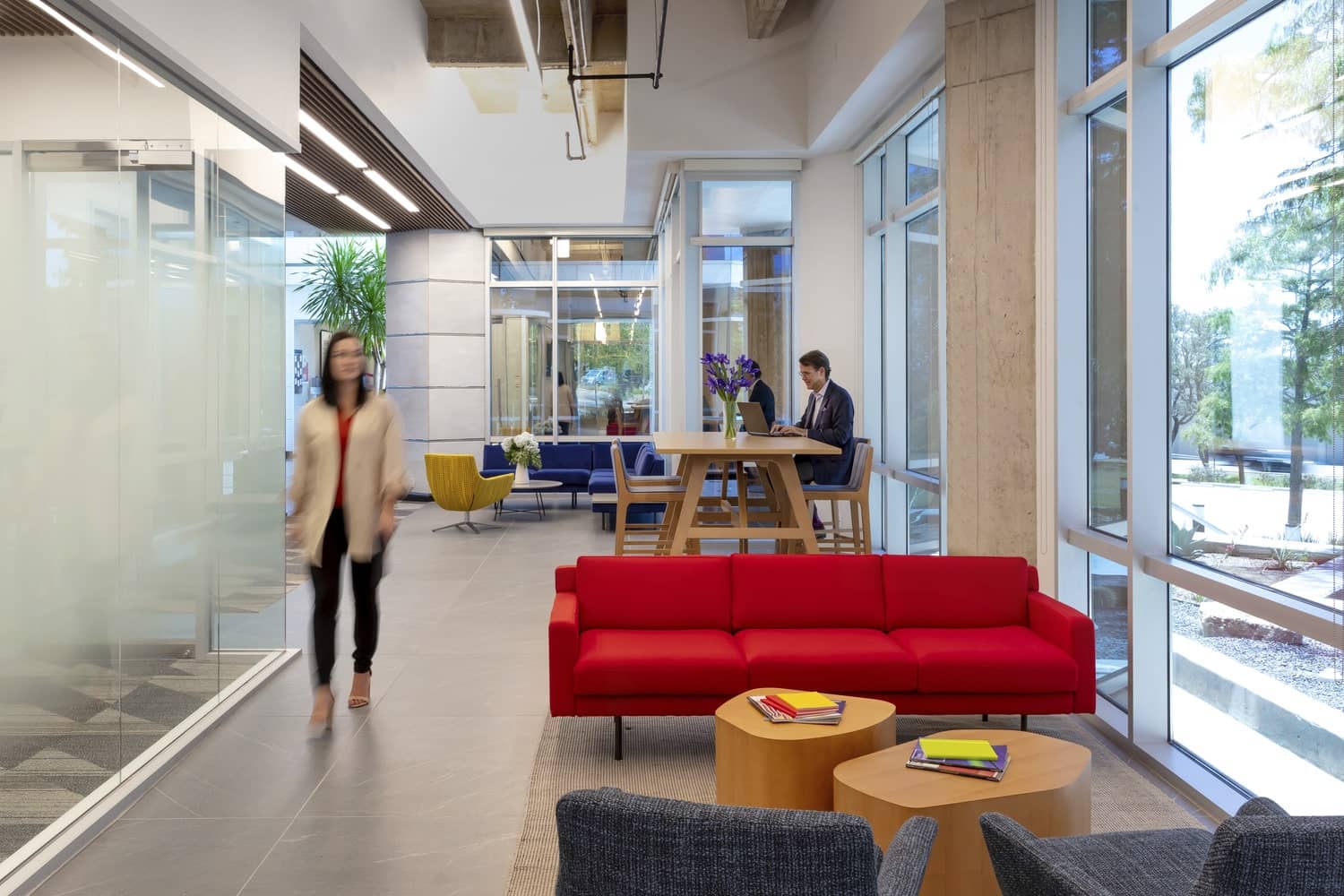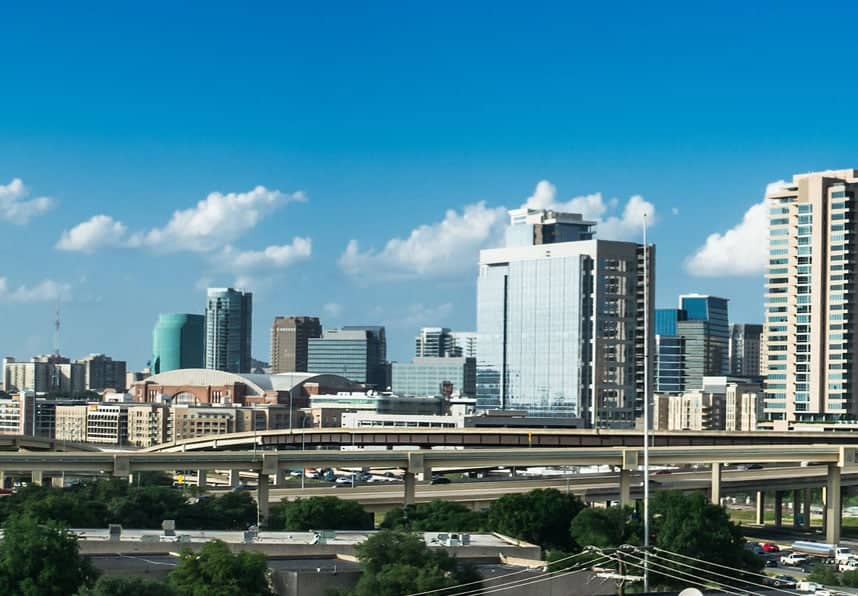By Marc DeLuca, KBS Chief Executive Officer and Regional President, Eastern U.S.
This article originally appeared on Forbes.com.
There’s been a lot of buzz about the future of office buildings — from their role in business to residential conversion. But even though the term “office” has been broadly used to categorize workplaces, not all office space is created equal.
It’s true that the office sector is experiencing a post-pandemic inflection point. Yet, despite this disruptor, I see office properties repopulating as businesses recognize the value of a central place to work. These values include mental health benefits, mentorship opportunities and being recognized in the marketplace.
As pandemic fears fade, I am seeing a clear front-runner in office real estate recovery: first-class (referred to in the industry as Class A) space.
In fact, experts are seeing a “flight to quality” among companies that use offices, and some predict newer Class A office buildings as one of the asset types that will see the highest amount of leasing activity in 2024.
With roughly 80% of office leases being signed in buildings that are Class A, I’m witnessing companies increasingly seeking fresher, modernized office space to house their teams.
In my view, Class A, along with well-amenitized and upgraded Class B-plus office buildings (older properties that were recently renovated with quality amenities but commanding a lower rental rate), offer companies much more than “plain vanilla” workplaces — a phrase that is often used to describe no-frills office space. In fact, I believe that they provide what today’s firms need to succeed in a competitive business environment.
Embrace Amenities to Attract and Retain Top Talent
For years, firms have been competing for the best workers and using office space to recruit and retain teams. In the wake of the “great resignation,” this need for providing work environments with desirable amenities has been amplified.
Consequently, I’m seeing that companies want office space that caters to their employee base’s needs and desires. This means beautifully designed buildings with well-appointed workspaces offering all the bells and whistles workers have come to expect when returning to their workplace are in high demand.
Look for well-designed, modern buildings with amenities that spark collaboration and creativity, such as a great indoor or outdoor tenant lounge and conference space and Wi-Fi-enabled outdoor spaces. I see features like these drawing companies to my top office properties.
For example, one of our properties, Accenture Tower, was already an iconic asset, but after renovations and the implementation of new amenities, its occupancy increased from 80% pre-pandemic to nearly 100%, ultimately providing tenants with everything from transportation and food and fitness to an indoor/outdoor tenant lounge where they can relax or celebrate with colleagues.
From Next-Level Amenities to Sustainability Certifications
Today’s companies need more than just four walls to stay ahead of the competition. These businesses also expect their landlord to go above and beyond, offering the “extras” that ensure their success, which is much more likely to be found at Class A properties.
Some of the next-level offerings that office building owners are providing tenants include concierge service, excellent internet connectivity, state-of-the-art technology for conferencing, on-site car detailing, on-site EV chargers and gourmet food and drink options. These services and conveniences help companies and their teams stay focused, productive and on track to reach their business objectives.
In addition, with ESG (environmental, social and governance) factors becoming increasingly prominent, tenants are especially interested in buildings that operate with health and sustainability in mind. To that end, properties offering wellness amenities like cutting-edge fitness centers, touchless elevators and healthier indoor air are more important in the post-pandemic era than ever before, for they help keep companies and their employees healthy and industrious.
Along with health and wellness, many owners and operators of premier office buildings seek out environmental and technological certifications and verifications such as LEED, Energy Star and WiredScore to make sure tenants feel supported.
Transforming Neighborhoods
The flight to quality mentioned earlier has a ripple effect. Best-in-class office buildings can truly transform neighborhoods and increase their appeal for today’s companies, encouraging other businesses to invest in the area and improving entire communities.
Certain upscale amenities, such as on-site retail and great lunch spots, can also make an office building succeed in areas that may be viewed as risky. I have seen that even in cities that are troubled with crime, well-located properties with top amenities on site can attract office tenants and change the neighborhood.
In-building shopping and dining provides tenants with a seamless experience during working hours, giving companies an additional reason to choose Class A buildings in some of the most compelling markets in the country.
Conclusion
There is a bifurcation in office real estate between first-class buildings and those of lesser quality — like the difference between a butter knife and a Swiss Army knife; both can cut, but only one gives you the tools to handle any situation and flourish. This difference is helping draw in companies that are focused on providing their teams with exceptional workspaces in great locations within key markets.
Premier office buildings can help firms attract and retain top talent while giving them a leading edge in a competitive business environment. As office building occupancy continues to climb, I see Class A buildings leading the way toward a sustainable recovery that can benefit companies, their employees and the communities in which they operate.
Learn more about KBS and the commercial real estate industry at KBS.com/Insights.




